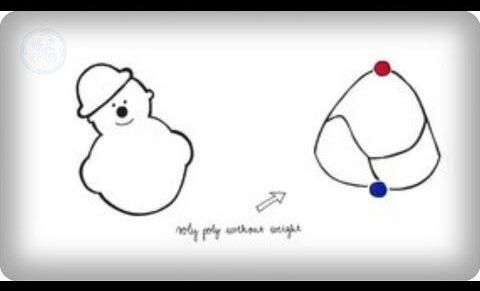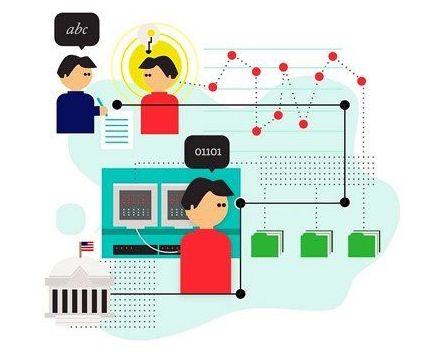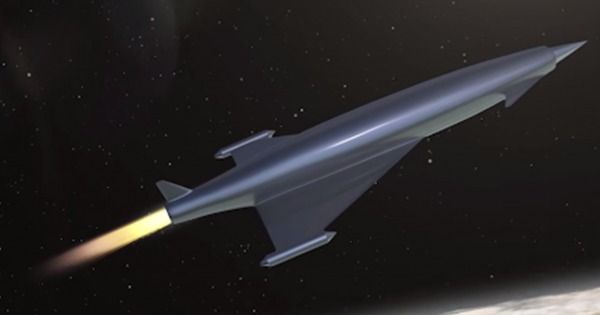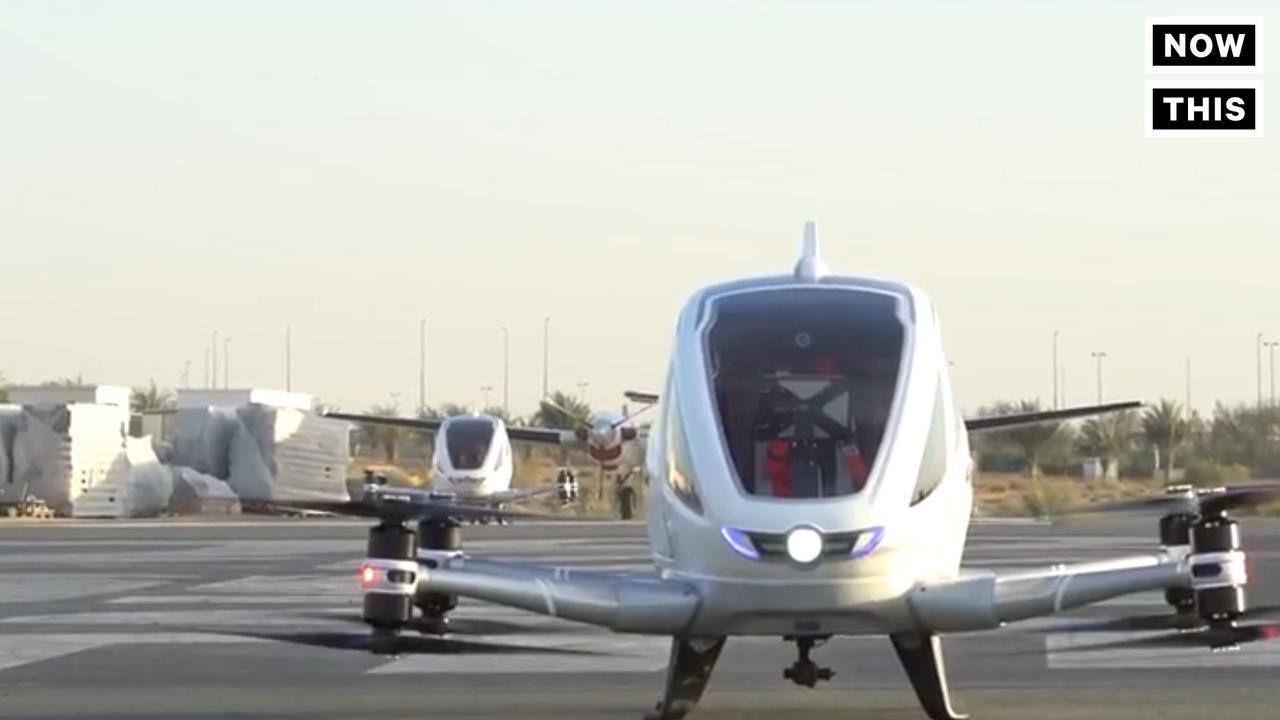Page 10016
Jun 18, 2017
China Shatters “Spooky Action at a Distance” Record, Preps for Quantum Internet
Posted by Dan Kummer in categories: cybercrime/malcode, internet, quantum physics, space
Results from the Micius satellite test quantum entanglement, pointing the way toward hack-proof global communications—and a new space race.
- By Lee Billings on June 15, 2017
Jun 18, 2017
Behind The Scenes at AeroFarms
Posted by Dan Kummer in categories: food, sustainability

This large-scale farm is in the middle of a big city! The future of farming is here. (via AeroFarms)
Jun 18, 2017
The key to better wireless charging lies in quantum mechanics
Posted by Klaus Baldauf in categories: mobile phones, quantum physics
Wireless charging is a great idea in theory: You can just place your device on a charging mat without having to mess with any wires. But it still doesn’t solve the main hassle of charging in the first place, which is the requirement to leave your device in one place. But now, scientists may have found the answer to that problem using principles from quantum mechanics.
Currently, wireless, or inductive, charging uses an electromagnetic field to transmit energy over very short distances. That’s why your phone, or whatever device you’re charging wirelessly, must remain near a wireless pad in order to actually charge. But Shanhui Fan and his team at Stanford University have published an article in Nature that details a wireless charging system that works even when the charger and device are a meter apart. You can also move around the device while it’s being charged without interrupting the power transfer.
It works by using a principle of quantum mechanics called parity-time symmetry to create a charger with a self-adjusting power flow. A connected amplifier automatically controls the flow of power between the transmitter and receiver. As a device moves further away from the charger, the power levels adjust automatically to ensure an even and uninterrupted flow of current.
Continue reading “The key to better wireless charging lies in quantum mechanics” »
Jun 18, 2017
This Artificially Intelligent Robot Composes and Performs Its Own Music
Posted by Sean Brazell in categories: information science, media & arts, robotics/AI
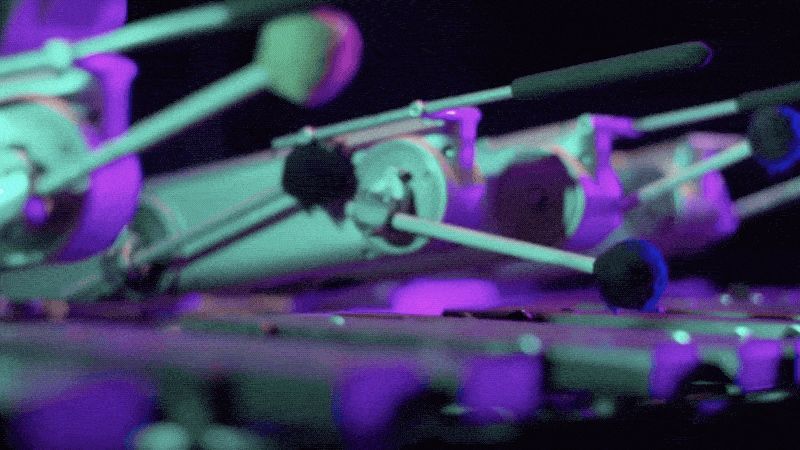
Shimon—a four-armed marimba playing robot—has been around for years, but its developers at Georgia Tech have recently taken this futuristic musical machine to the next level. Using deep learning, the robot can now study large datasets from well-known musicians, and then produce and perform its own original compositions.
Shimon was originally developed by Gil Weinberg, director of Georgia Tech’s Center for Music Technology. Under its original programming, the robot was capable of improvising music as it played alongside human performers, using an “interestingness” algorithm to make sure it wasn’t just copying its bandmates. But now, thanks to the efforts of Ph.D. student Mason Bretan, Shimon has become an accomplished composer, capable of autonomously generating the melodic and harmonic structure of a song. And you know what? Shimon’s songs are actually quite good!
Continue reading “This Artificially Intelligent Robot Composes and Performs Its Own Music” »
Jun 18, 2017
Building the Public Goods of the Twenty-First Century
Posted by Derick Lee in categories: information science, internet
Meanwhile there was a Big New Development. The Internet and digital technology came of age. And here’s the thing. Digital artefacts – whether they’re an algorithm, a website, an app or a coding language – are always and everywhere potential public goods. Once produced digital artefacts are essentially costless to replicate which raises the question of whether they can or should be made freely available to all.
Digital public goods in the age of the data revolution.
Jun 18, 2017
China’s Hypersonic Spaceplane Could Be Available By 2030
Posted by Klaus Baldauf in category: space travel
The CASTC is beginning advanced research on combined cycle engines that can takeoff from an airport’s landing strip and fly straight into orbit. Claimed to have operating status by 2030, this pace plane could enable space tourism.
The China Aerospace Science and Technology Corporation (CASTC) wants to re-invent how we travel in space.
Jun 17, 2017
Quantum entanglement, science’s ‘spookiest’ phenomenon, achieved in space
Posted by Dan Kummer in categories: particle physics, quantum physics, science, space
Scientists beamed particles from a satellite to two locations on Earth 750 miles apart — and the particles were still mysteriously connected.
Jun 17, 2017
3D Printed Bionic Skin Will Help Humans and Machines Merge
Posted by Alexander Rodionov in categories: 3D printing, cyborgs, transhumanism
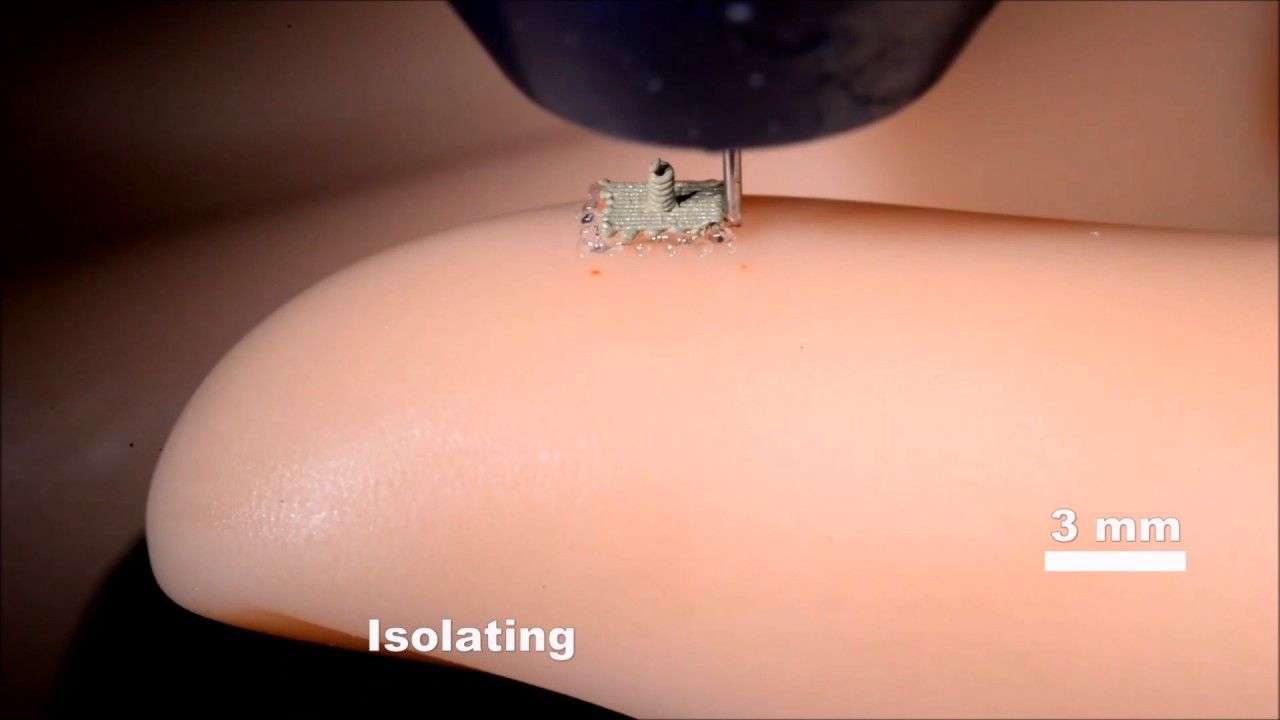
This could lead to a small 3D printer used by soldiers to quickly make anything needed in the field.
